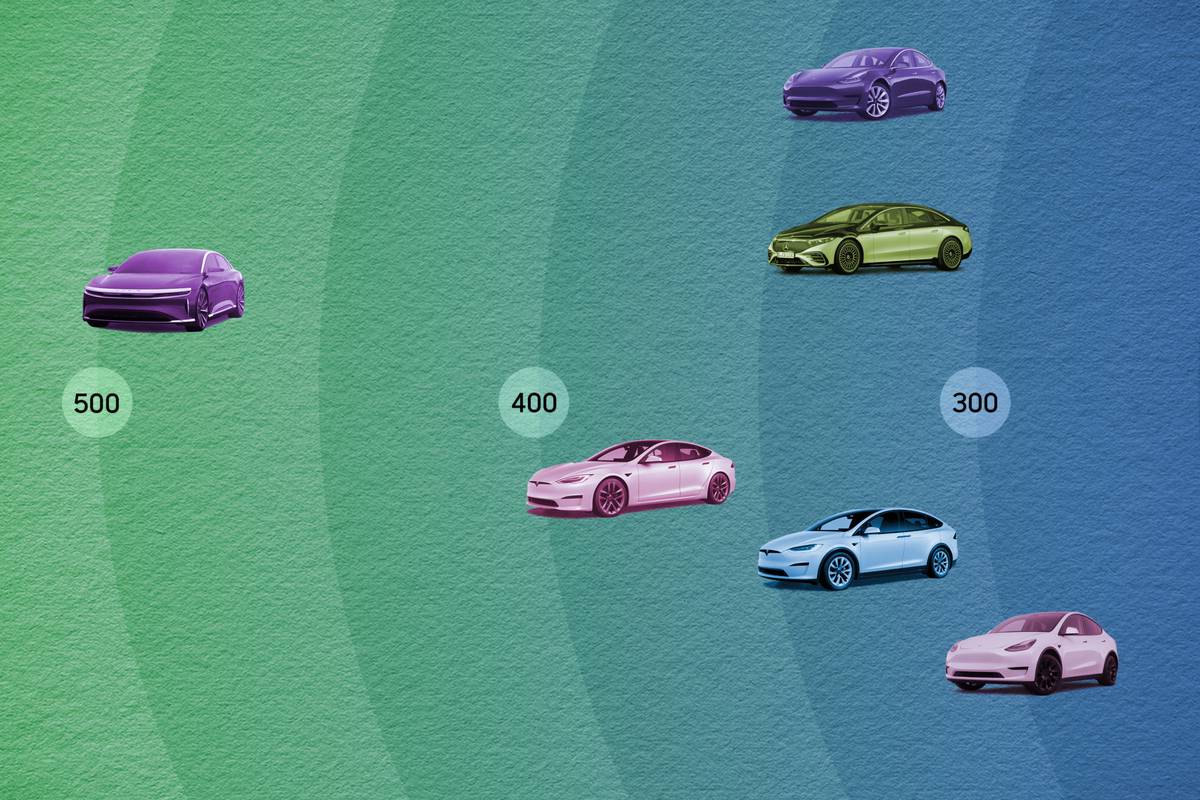
E-5 EV Range Anxiety
EV Range

Driving distances between charges (range), and charging station availability, are usually the biggest uncertainties people have about whether an electric vehicle (EV) will work for them. Both are improving fast.
Almost everyone who owns an EV charges it at home or work. By charging during the workday, or overnight, you can start each day with the batteries at full capacity. However, most EVs won’t need to be charged every day. In rural areas, American drivers average 49 miles a day. Practically all new EVs offer ranges of more than 200 miles. Some have much longer ranges, and can go from, e.g., San Francisco to Los Angeles (about 400 miles; a realistic one day drive) on a single charge.
People in single-family homes who own EVs usually install a home Level 2 (240 Volt) charger, which can charge an EV overnight. People in multifamily housing need to work with HOAs and landlords to make home chargers available. An HOA or landlord can usually make money on 240 Volt (Level 2) charging without undermining the car owner’s economic case for an EV. However, the willingness of HOAs and landlords to take action affect availability. Cost may be a factor for some buildings.
Public Level 2 chargers are becoming widely available. There are already six in La Conner: two on First south of Pier 7; two behind the new library; and two across from the Swinomish Chevron near the Rainbow Bridge. They are already available at hotels, for overnight charging in most areas of the US. However, there are large geographic areas where public chargers are rare. Advance planning is still advisable on long trips. There are several phone apps that can direct you to charging stations, both to find, and to be sure you can get access to, chargers that will meet your needs.
Most new EVs accommodate Level 3 charging, which can fill an EV battery quickly. The time required is comparable to gasoline stops. Level 3 chargers cost over $100,000, and each Level 3 charger has unique legal, location and payback considerations. Making sure that fast charging will always be as convenient as getting gasoline will take several more years. Tesla is leading this effort. It has installed about 1500 Level 3 “Superchargers” along major US highways. For now, they can only be used by Teslas, but Tesla has announced plans to upgrade them for access by other cars, possibly as early as this year. Governments, utilities and the EV industry are working on additional fast charging infrastructure in many locations.
Batteries, and battery management technologies, are still developing. Further improvements are realistically expected over the next few years. Earlier this year, battery developer Our Next Energy tested an experimental battery that improved the range of the car it was tested in from about 400 miles, to more than 750 miles.
Bottom line: Electric vehicle range issues are rapidly becoming less important, because charging station infrastructure and batteries are improving fast. If you have workplace or home charging options, you can probably use an EV most of the time, immediately, without range or charging issues. If an EV will be your only car, plan ahead for very long trips, or consider rental of a longer-range car for a few days a year while analyzing the total costs of EV ownership.
Copyright 2022 [or 2023], La Conner Weekly News. Reprinted with permission

